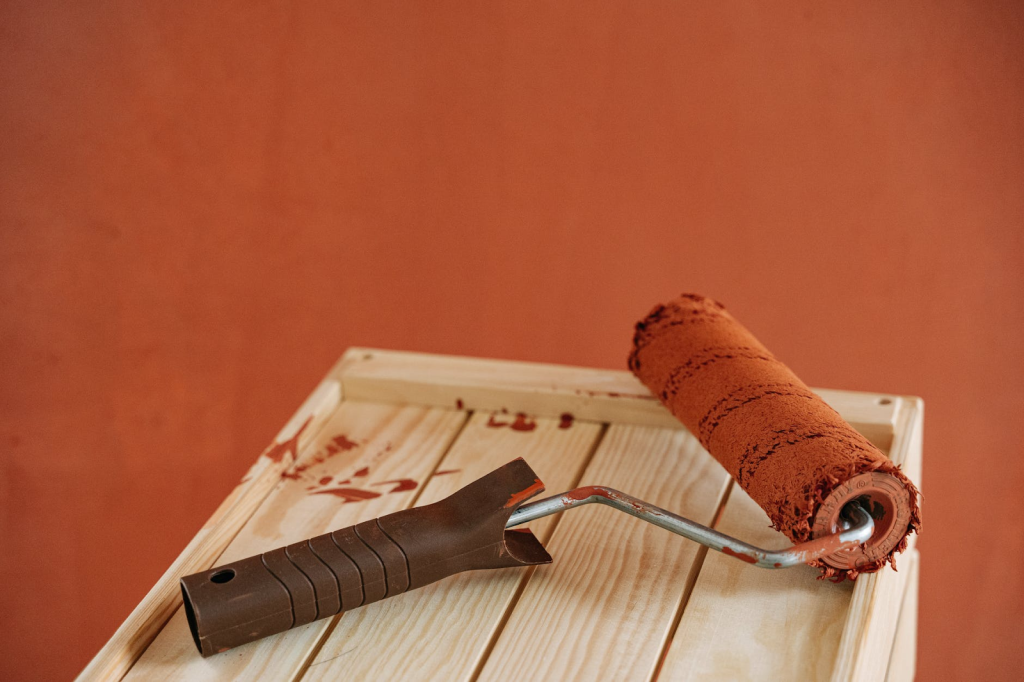
No, interior paints aren’t suitable for outdoor use. They lack the necessary components to withstand weather conditions. interior paint is less durable than exterior paint. It doesn’t adhere well to outdoor surfaces. You’d need more coats for adequate coverage. Even with multiple layers, the finish won’t be as smooth as with exterior paint. This article explores interior paint in detail.We’ll cover its composition and why it’s ideal for indoor applications. We’ll also discuss the consequences of using it outdoors. By the end, you’ll understand interior paint’s properties and its limitations for exterior projects.
What Do You need to Know About Interior Paint?
Indoor paints are formulated for interior applications. They adhere well to diverse surfaces, manage light reflection and refraction, and withstand wear and cleaning. Unlike exterior paints, they aren’t subjected to freeze-thaw cycles or harsh environmental elements.
Paint consists of four essential components: the base liquid, additives, pigments, and binders. Interior and exterior paints differ in their binders, pigments, and additives, making them unsuitable for interchange. Interior paints are designed with limited volatile organic compounds (VOCs) to reduce health risks from off-gassing. VOCs are solvents that prevent paint hardening; they break down as the paint dries.
What Happens If Interior Paint is Used Outdoors?
mistakes occur when the incorrect paint type is chosen, frequently enough unnoticed until submission.This error is correctable if caught promptly. The outcome? A reduced lifespan, requiring repainting in two to five years instead of the expected ten to fifteen.
Interior paints safeguard a building’s surfaces, but aren’t built for harsh weather. They fade quickly and lack protection against heat, UV rays, and moisture. You can repaint now, or wait for the interior paint to peel in a year or two.
Even with top-tier interior paint, your work isn’t truly finished.Exterior surfaces painted with interior paint will deteriorate,demanding frequent repairs.
What is the Best Paint for Outdoor Surfaces?
Acrylic paint stands out as the most durable option. It’s flexible, long-lasting, and resists sun fading, rain damage, and other environmental effects. Oil-based and water-based paints are widely used. Oil-based paint excels outdoors due to alkyd, which repels dirt and handles temperature and humidity shifts. Its special ingredients make it ideal for enduring outdoor conditions.
